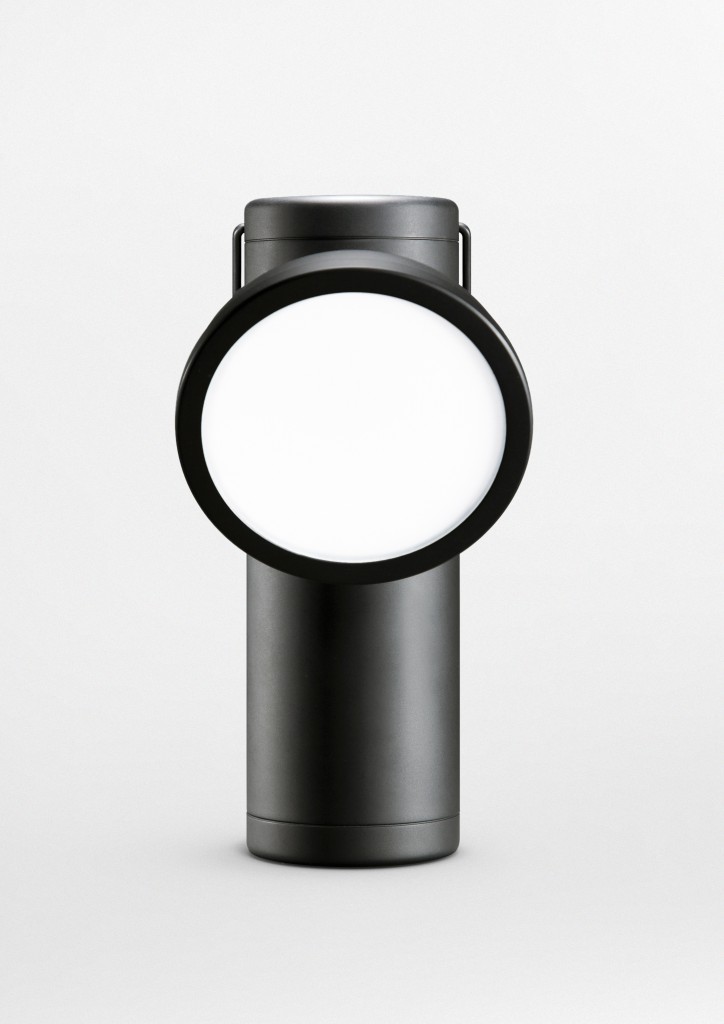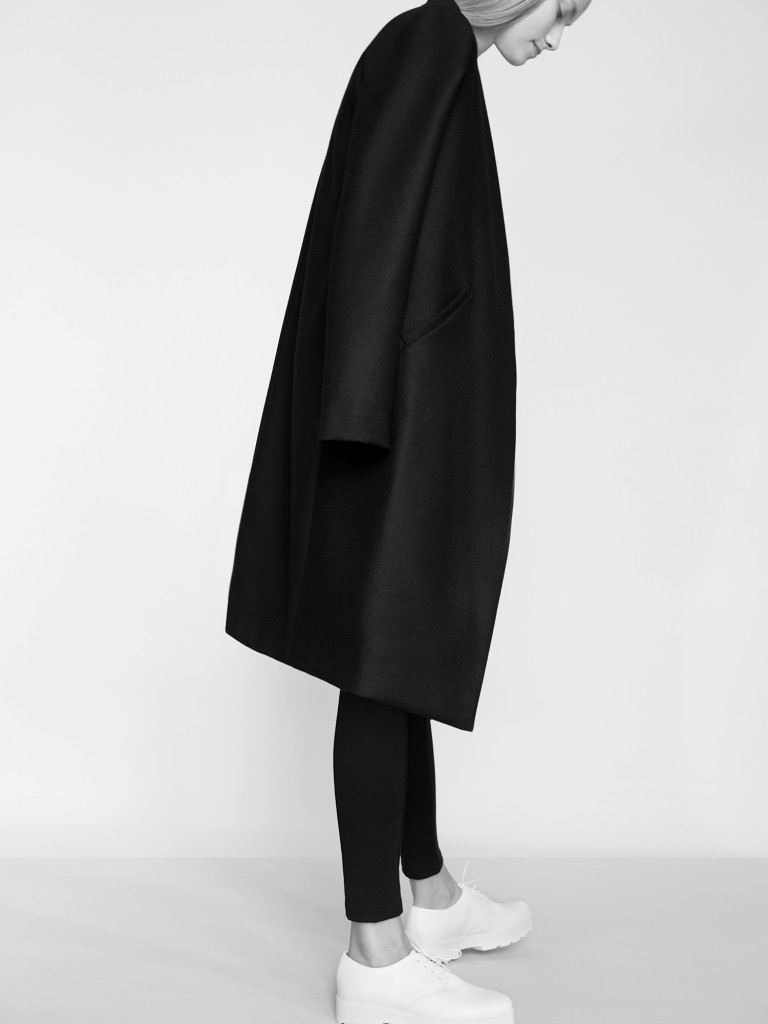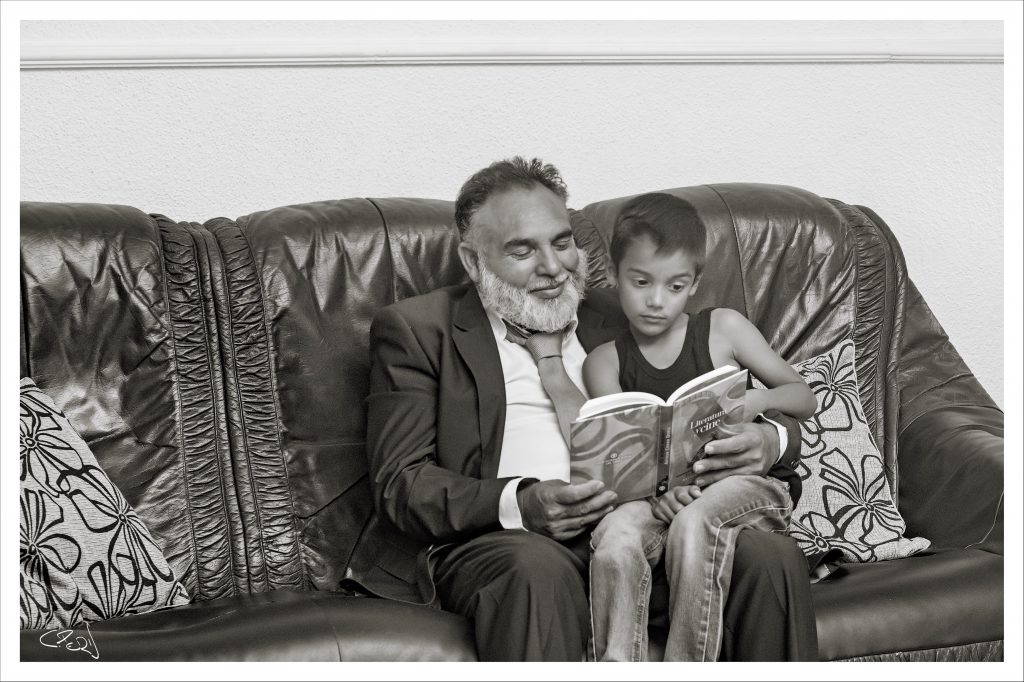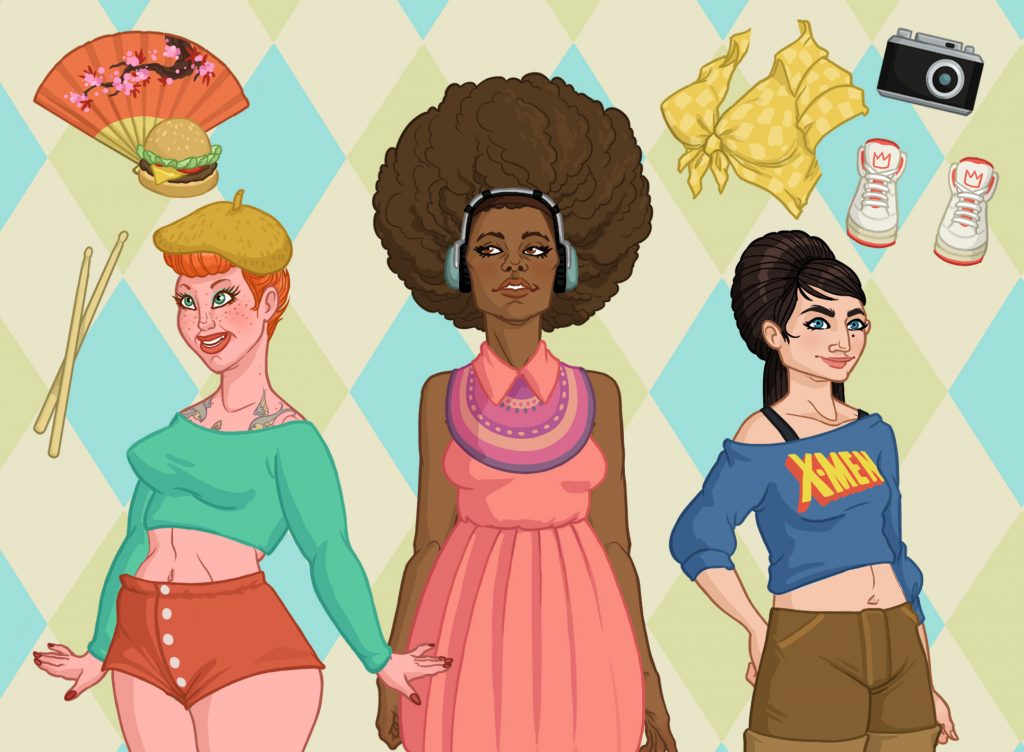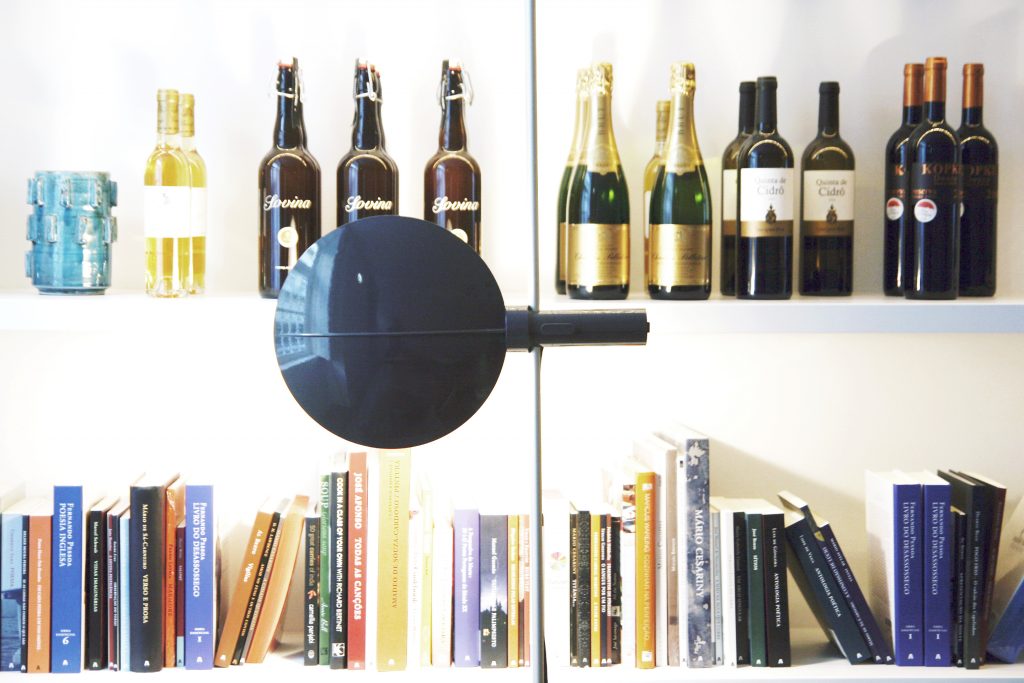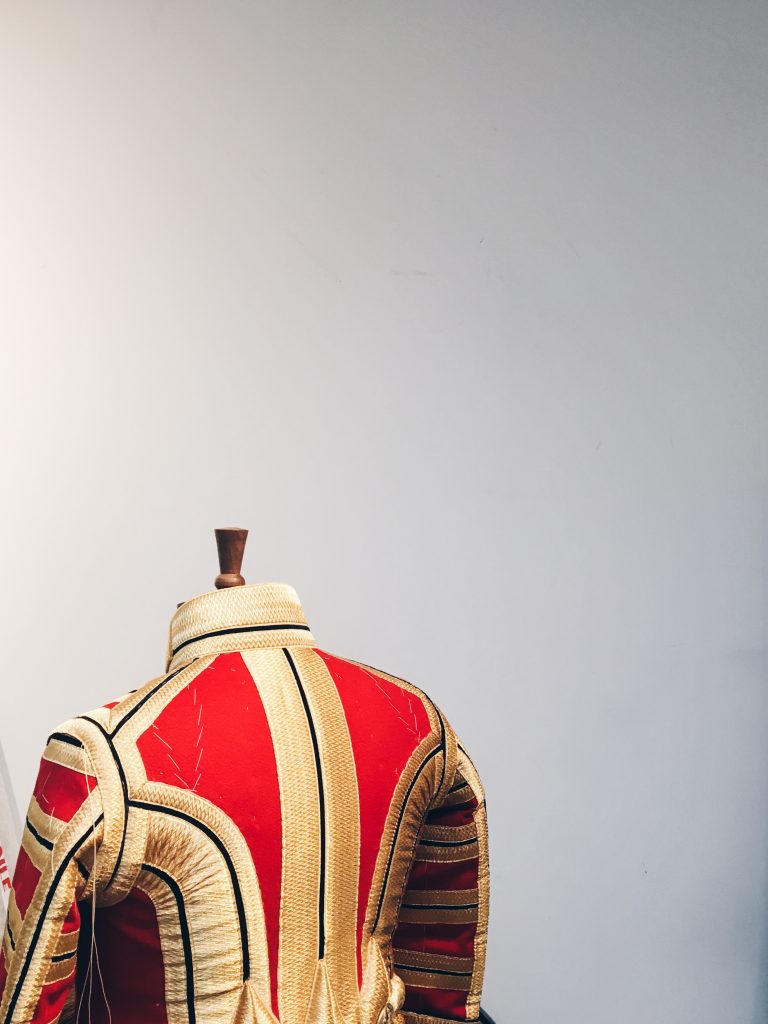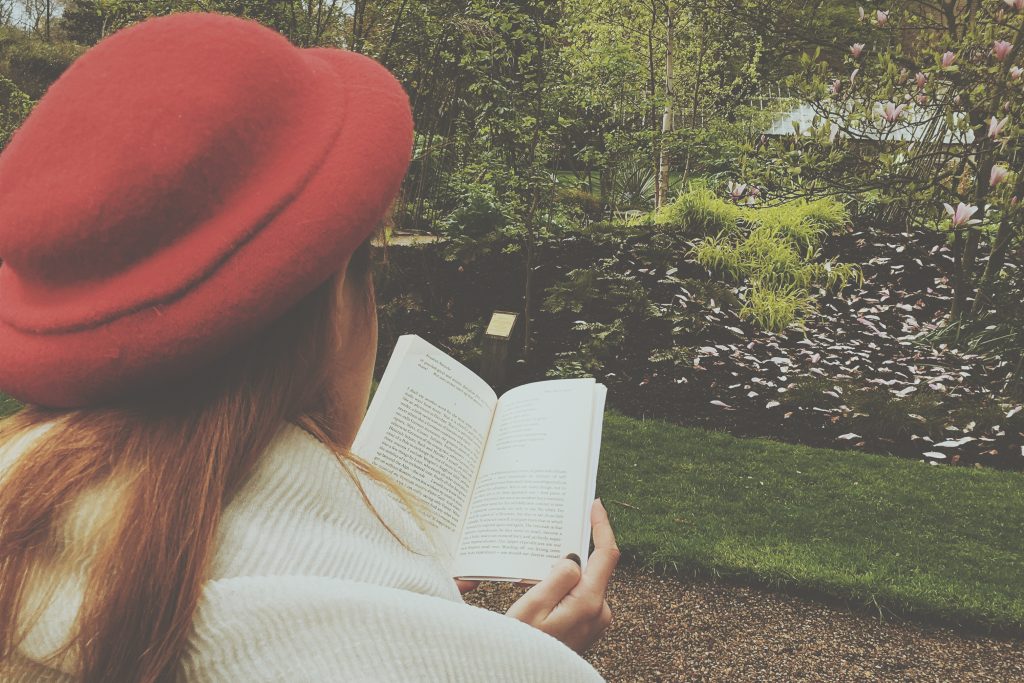Since the West embraced minimalism as a life philosophy, countless artworks and products have flourished and found a place in the lives of contemporary minimalists. Luckily, Mininalissimo acts both as an informative and inspiration online source for the simple souls to keep up with the developments in the field.
We talked to editor Carl Barenbrug about the magazine and admired how he gives such minimalistic answers to such deep questions!
How and when did all this start?
Dutch designers Maarten P. Kappert and Stan Grootes created Minimalissimo in 2009 as a place where readers can simply come and spend hours, immersed in the diversity of some great minimalist design. The team has grown over recent years and has seen some very talented editors with a great eye for design, and because we are an online magazine, we have the luxury of working with individuals who might be based on the other side of the world, giving Minimalissimo a bit of an international feel.
So, what’s your role in all of this?
Well, it was not until 2011 that I joined the team of editors at Minimalissimo after I had been writing design articles for a couple of years myself. I was soon appointed the Editor-in-Chief when Maarten decided to leave the team, and since then I have essentially driven Minimalissimo with a talented team of editors, to establish ourselves as the world’s leading minimalist design magazine.
In which ways do you think that online resources like your magazine influence design?
To a degree, I think blogs and magazines can be influential and inspirational to designers, particularly those who are in the early stages of their careers. Probably because of the sheer volume of online resources today, but I think most importantly, there are some incredible curators around, designers really appreciate discovering resources such as Minimalissimo and returning on a daily basis to feed their passion and enthusiasm for designing.
What do you want the readers to gain from reading your magazine?
First and foremost, we simply want our readers to enjoy our articles on what we feel is beautiful minimalist design. We also aim to deliver to our readers a diverse understanding of minimalism and for some, inspire them to produce honest, timeless & aesthetic design in the future.
What are the sources you look at for inspiration?
I have many sources of inspiration, but I do find myself returning to the work of Dieter Rams, A.G. Fronzoni, Oki Sato and more recently, Rad Hourani, all of whom I admire for their philosophy and approach to designing.
The magazine covers a wide range of genres, how do you keep up with all these developments?
Typically, we connect with designers we are already familiar with, particularly those who we feel produce very high quality work. We’re also often introduced to designs through our readers directly. Beyond that, our editors have a lot of creative freedom on what they would like to write about, but we essentially run with a feature that we think fits our aesthetic as well as being something our readers may enjoy.
Will we ever see Minimalissimo in print?
Yes you will. We’re actually working on our first printed issue at the moment. It’s a hugely exciting project for us. Depending on the success of the printed magazine, there may be more of a balance, but our web articles will continue for the foreseeable future, simply because we love sharing beautiful design on a daily basis.
Why do you think the ‘less is more’ philosophy is having its golden age? Are we all desperately in need of some space?!
There’s no doubt that a ‘less is more’ philosophy is becoming more essential to many people of today — paring everything down to produce a clutter-free environment, where space exactly matches one’s requirements. Yet I can only really speak for myself in that it brings a sense of calm, organisation, and beauty. Whether that is in the way I work, the way I design my home, or the way I dress.
While we see minimalism as a recent wave in the West, it is the backbone of Japanese culture with a historic background. Do you ever think of the subjectivity and interpretation of minimalism?
I have certainly considered the interpretation of minimalism when it comes to design and how it can be interpreted differently by anyone. For me though, minimalism is about exposing the essence of a subject in order to communicate what is valuable. It’s about finding the archetype — minimizing the number of forms, colours, sizes, sounds, and so on.
Now interpreting minimalism beyond that and considering Zen, simplicity and minimalism in life and understanding the differences between these, is very interesting. I actually recently chatted with a friend, Bhagavati, who’s a Zen teacher and writer on this very subject.
My understanding is that minimalism is not Zen, and Zen is not minimalism, any more than minimalism is not simplicity, and yet it can be. Both simplicity and minimalism can be found in Zen as there is common ground to be found between the three. Ultimately, the word Zen means simply, meditation on our true nature. And to know our true nature is enlightenment. And in enlightenment, life is stripped bare of all concepts. The ultimate minimalism.
Which minimalist product made you go “wow” recently?
I think it would have to be the monochrome Geo Series designed by Nicholai Wiig Hansen for Normann Copenhagen. I have got to own that for my kitchen! I don’t yet, but I’ll have it soon enough.
Do you (magazine crew) have similar ways of thinking about minimal design? If not, is the exciting part of the collaboration that you have different angles?
Some of us have different tastes and perspectives on minimal design, which brings a refreshing diversity to our features, but at the same time I like for us all to be moving in the same creative direction. It does introduce some interesting discussions about design though, particularly when an editor is passionate about a particular potential feature. It’s an awesome collaborative experience though. I really enjoy it.
So what is next for Minimalissimo?
It’s the printed magazine issue, which we’re hoping to publish early next year. It will essentially include many of our favourite features since 2009 as well as some exclusive interviews. It will also be available worldwide, so you guys can certainly pick up a copy.

